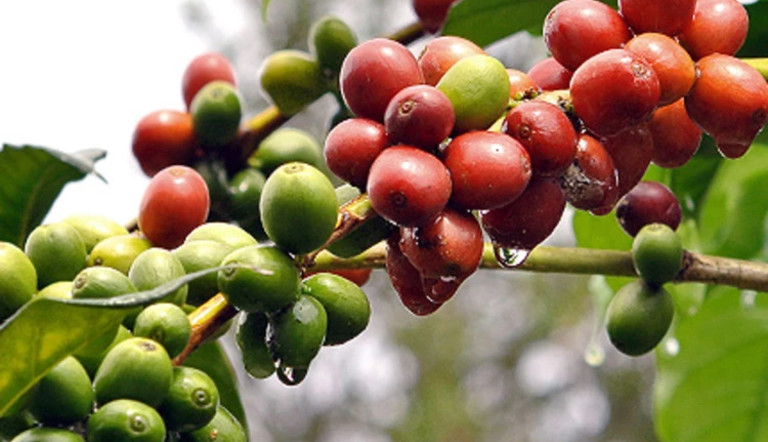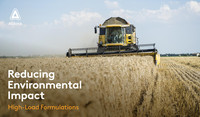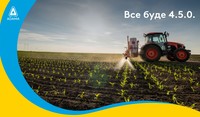
The Brazilian coffee powerhouse

“Brazil produces nearly a third of the world’s coffee, with its farmers responding to changing demand. The country has the right conditions to grow the two main types of bean – Arabica and Robusta, but most of the focus is on Arabica, because that is what the export market wants.
Where coffee is grown in the country is changing with production moving from the more mountainous Minas region in the South East to the central flatter, but warmer Cerrado region. There is still a mix of farmers, right from small family plantations growing five to 10 hectares through to large growers with up to 5,000 hectares. It is these larger growers who are expanding production with many investing in new trees that yield more. Traditionally, coffee plants give two bi-annual harvests – a high yielding one and a lower yielding one. Many of these new varieties level out production delivering more consistent harvests every year. Less availability of labour is also driving the use of more technology such as harvesters.
The shift to production in the semi-tropical Cerrado region has resulted in more threat from pests and diseases. Insects such as borers and cicadas can destroy trees, while there is also a risk of rust. Along with nematicides, Adama’s coffee crop protection products are focused on controlling pests and diseases. They include: Azimut®, Pratico®, Guapo®, ExpertGrow®, Voraz® among others registered for the crop in Brazil.
Through what we call SIM Café (Coffee Integrated Management Solutions) we have developed a co-ordinated approach to supplying crop protection products to coffee growers via co-ops and dealers. We have also brought together a group of growers, agronomists and consultants in what we call a Crop Management Team. They advise us on the disease and pest threats on their farms and predict what problems there may be in the future. From this we develop new products that are formulated and manufactured in our Brazilian facility.
There is no doubt that demand for Brazilian coffee will continue to grow as countries around the world drink even more and that trend will continue to drive the development of the Brazilian coffee industry.”
Coffee facts:
- Coffee was first officially recorded in the 15th Century in what is now Yemen¹
- Demand for coffee has grown by a third since 1990²
- Coffee arrived in Brazil in 1727. By 1852 it was the largest producer in the world¹
- At 2.594 million tonnes, Brazil produces 30% of the world’s coffee²
- With shipments 2.212 million tonnes, Brazil accounted for a third of world coffee exports in 2015²
- Kopi Luwak is the world’s most expensive coffee at US$100 to US$600 for 500 grammes³
- There are more than 24,000 Starbucks coffee shops in 70 countries⁴
¹Pendergrast, Mark (2001) [1999]. Uncommon Grounds: The History of Coffee and How It Transformed Our World. London: Texere. ISBN 1-58799-088-1.
² International Coffee Organisation
³ www.most-expensive.coffee
⁴ Starbucks



